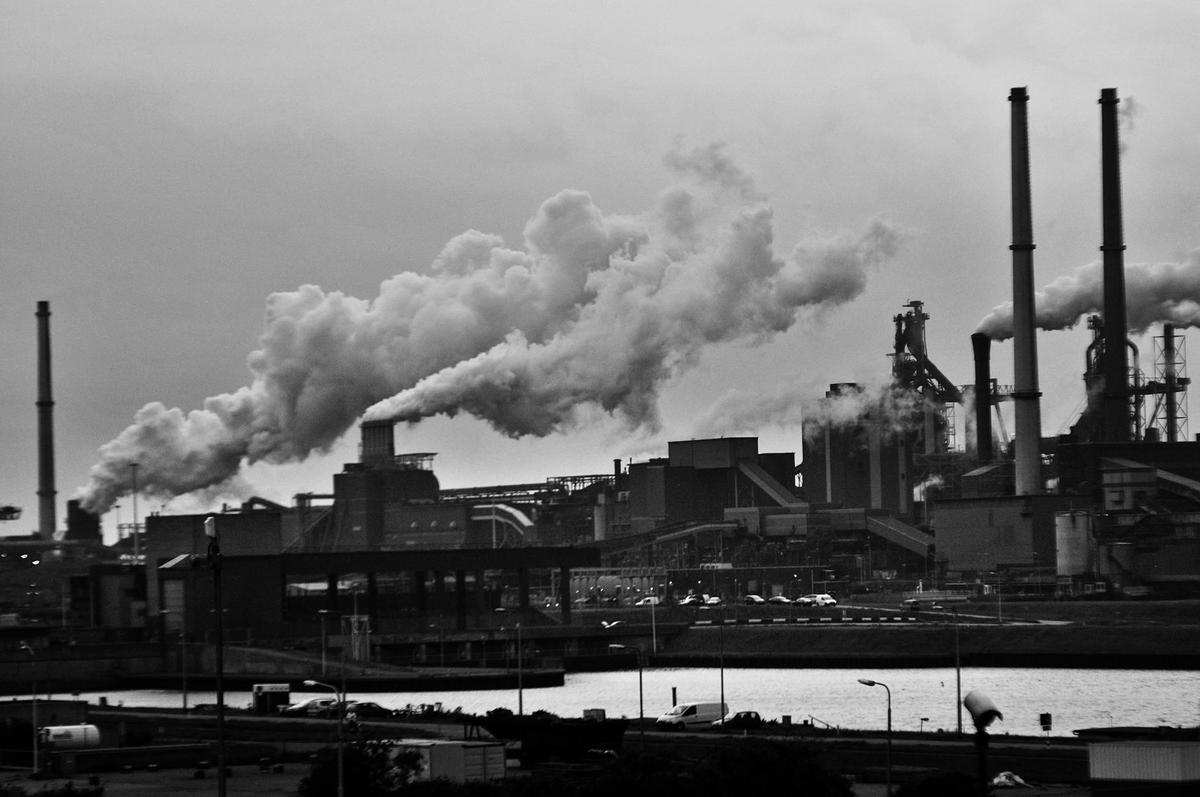
Investing in Climate Resilient Infrastructure
With climate change posing increasing risks to global infrastructure, the need for investments in climate-resilient infrastructure has never been more pressing.
Understanding Climate Resilient Infrastructure
Climate resilient infrastructure refers to the design, construction, and maintenance of structures that can withstand the adverse effects of climate change. This includes extreme weather events such as floods, hurricanes, and droughts. According to the World Bank, investing in climate resilience can yield benefits worth four times the investment cost.
Expert Insights
Emma Howard Boyd, Chair of the Environment Agency, emphasizes the importance of integrating resilience into infrastructure. She states, “Resilient infrastructure is crucial for safeguarding communities and economies against the unpredictable impacts of climate change.”
Statistics Highlighting the Need
The Global Commission on Adaptation reports that investing $1.8 trillion globally in climate resilience from 2020 to 2030 could generate $7.1 trillion in total net benefits. This staggering figure underscores the economic and social advantages of proactive investment.
Real-World Examples
Consider the Netherlands, a country renowned for its innovative approach to water management. By investing in dike and waterway improvements, the Netherlands has effectively reduced flood risks and safeguarded its communities.
Actionable Tips for Investing
- Conduct a thorough risk assessment to identify vulnerable areas.
- Incorporate sustainable materials and technologies in new projects.
- Engage with local communities to understand their needs and priorities.
- Stay informed about the latest research and innovations in climate resilience.
| Infrastructure Type | Climate Risk | Resilience Strategy |
|---|---|---|
| Roads | Flooding | Elevated construction |
| Bridges | Storm surges | Stronger materials |
| Buildings | Heatwaves | Energy-efficient design |
| Water Systems | Drought | Rainwater harvesting |
| Power Grids | Hurricanes | Underground cabling |
| Railways | Landslides | Retaining walls |
| Telecommunications | High winds | Reinforced towers |
| Ports | Sea level rise | Adjustable docks |
Frequently Asked Questions
Why is climate-resilient infrastructure important?
It minimizes the risk of damage from climate-related events, saving costs on repairs and maintaining economic stability.
How can businesses contribute to climate resilience?
Businesses can invest in sustainable practices, support community projects, and adopt resilient technologies.
Conclusion
Investing in climate-resilient infrastructure is not only a necessity but also an opportunity to build a sustainable future. By taking proactive steps today, we can ensure that our communities remain safe, secure, and thriving in the face of climate change. Embrace the challenge and contribute to a resilient tomorrow.


